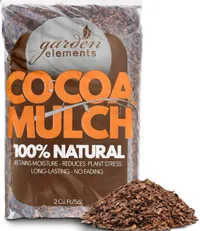I've lost too many plants to cold weather — garden experts share 3 tips to help them survive the winter
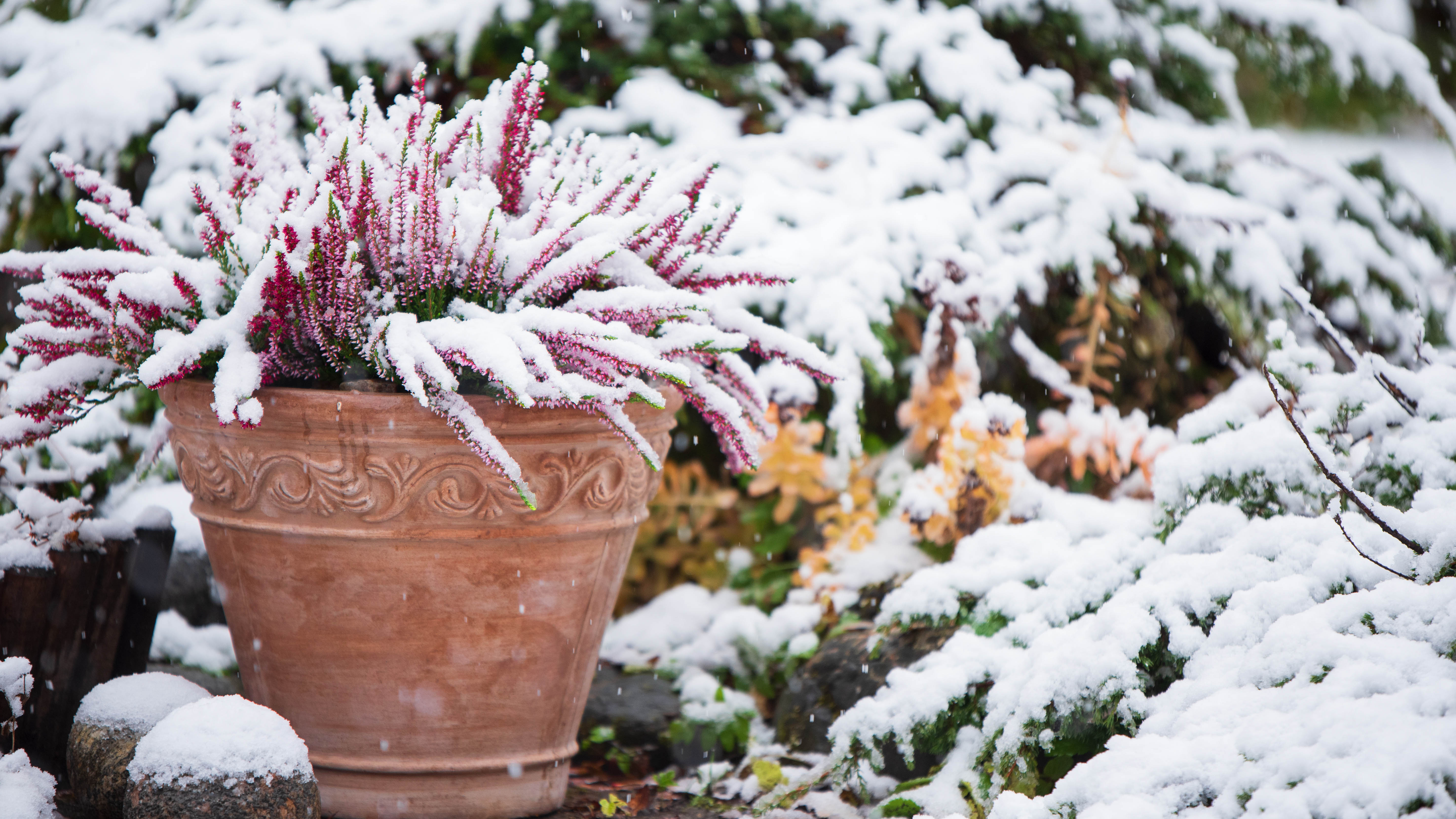
Even as a homes writer, there are still some elements of my garden that feel impossible to protect. One problem I face every year is the slew of plants that I need to throw out come the spring.
From heavy rain to snowy spells, it's a tricky time for any yard. So I asked experts for their tips on how to support my plants through this winter, in the hope that they'll make it through to the spring this year.
Bear in mind, there are certain hardy varieties that can cope with winter temperatures, so do check whether your plants are suited to your USDA Hardiness zone.
1. Add a layer of mulch around plants
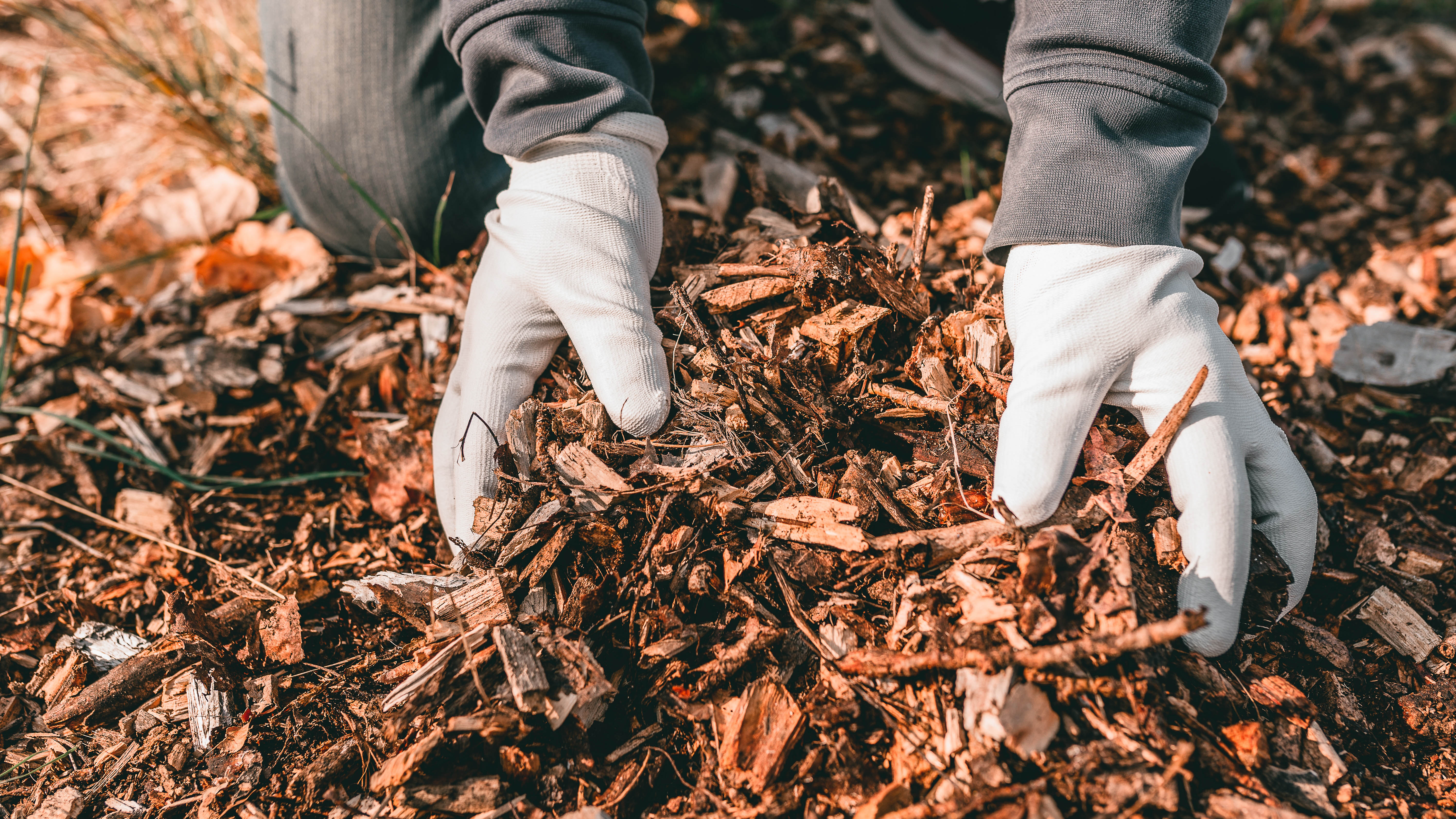
Mulch is a great way to protect your plants during winter. And adding a few inches of organic material like mulch or wood chippings around plants can serve several purposes.
Firstly, it can retain moisture in the ground, keep the frost from damaging your precious plants as well as provide valuable nutrients. The benefits will vary depending on the type of mulch you’re using. Typically, there are two predominant types of mulch you can use, each with its own benefits and purposes: Organic and synthetic.
As the name suggests, organic mulch is composed of organic matter such as leaves, straw, bark or grass making up its bulk. While synthetic or inorganic mulch consists of man-made materials, such as plastic and rubber, or it can be made up of stone and gravel.
Also, it’s worthwhile knowing when you should replace mulch — and why it's essential.
Get instant access to breaking news, the hottest reviews, great deals and helpful tips.
Made from the outer shells of cocoa beans, this premium mulch is free from added dyes or fragrances works to retain soil moisture, suppress weeds, and reduce plant stress. Just make sure you use the appropriate amount!
2. Protect vulnerable plants and prepare for frost
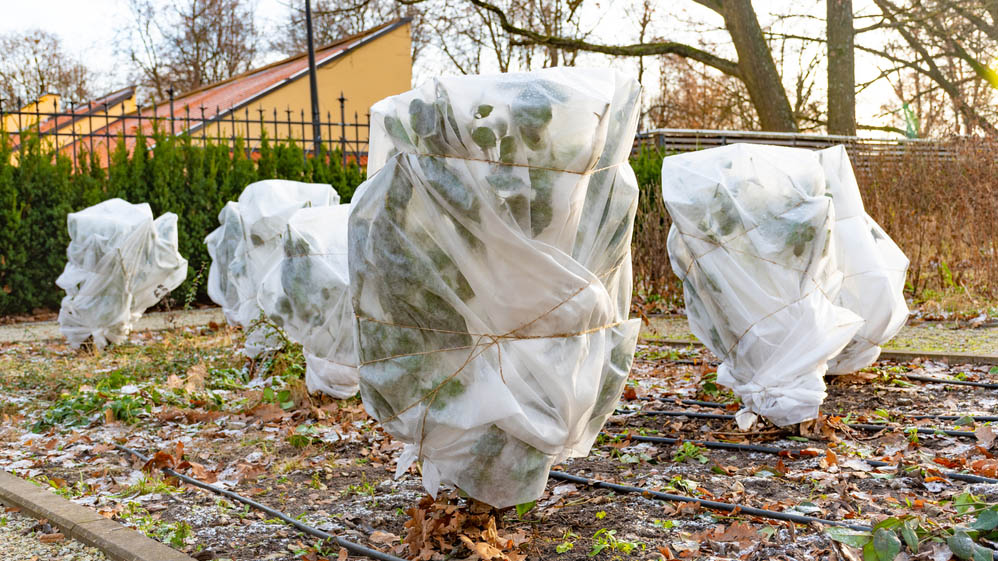
The cold snap can literally damage plants, and so these need to be kept warm during winter. Experts recommend wrapping delicate plants with a cover or protective insulation such as horticultural fleece, to protect them once the temperatures drop at night.
“With colder nights setting in, October is the month to start preparing your garden for frost,” states Jane Fairlie, garden expert and development manager at Pelsis Doff.
“For plants that must stay outside, cover them with garden fleece or cloches on colder nights. Mulching around the base of shrubs and perennials adds extra protection for roots, while also helping to lock in soil moisture.
“Move pots of tender plants into a greenhouse, porch or conservatory, or at least against a sheltered house wall where they’ll benefit from retained heat. You can even wrap outdoor containers in fleece or bubble wrap to stop roots freezing”.
Before bringing containers inside, make sure you debug your plants first. Check the soil for disease and for bugs such as mealybugs or spider mites that might infect other, surrounding houseplants.
Experts recommend soaking the pots in lukewarm water for about 15 minutes to get rid of any bugs before thoroughly rinsing plants to remove dust, debris as well as any hidden pests.
3. Re-firm roots to prevent ‘wind rock’
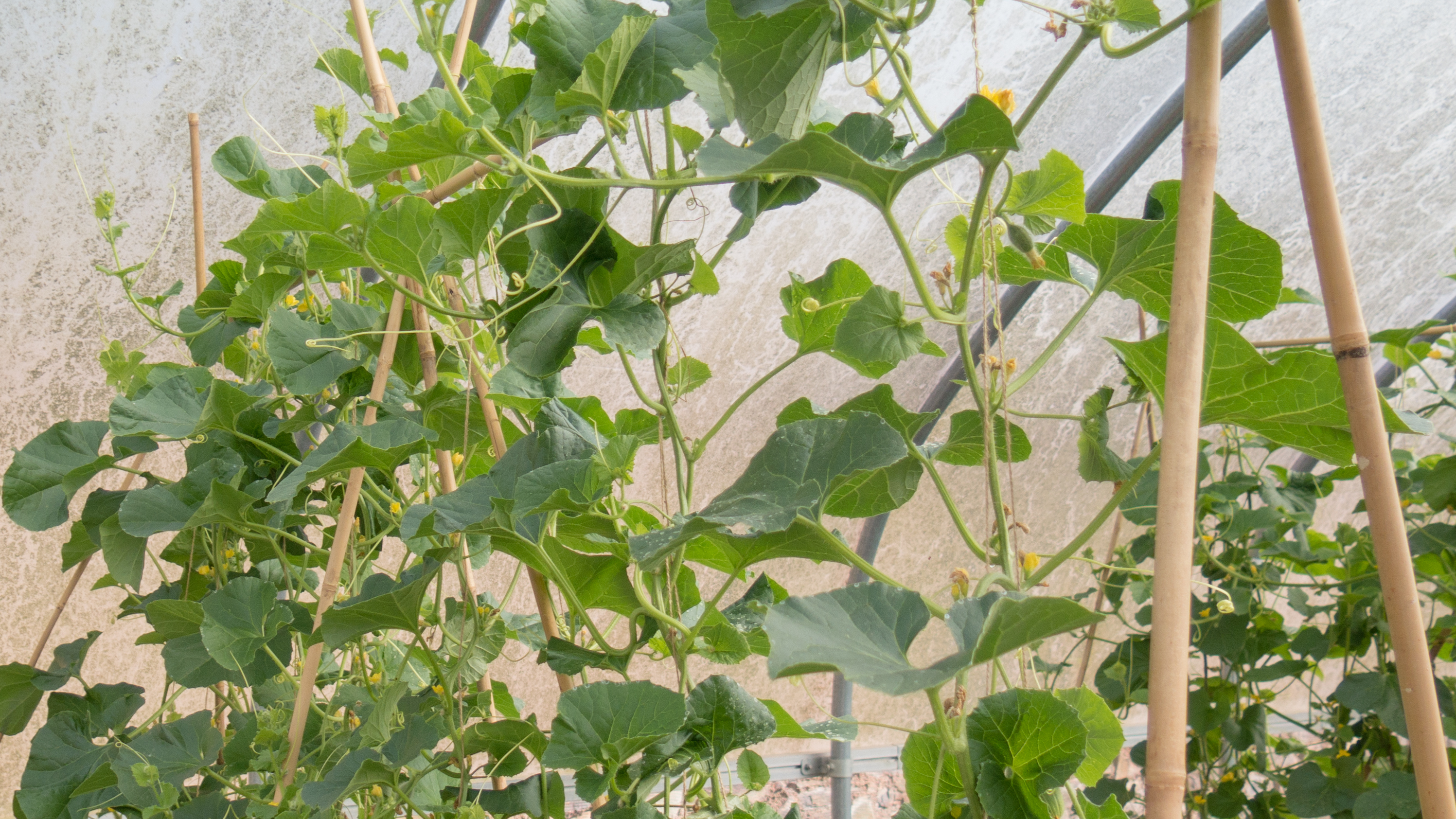
If you’ve just planted small trees or shrubs, you’ll also need to protect these from strong winds. “A common problem with newly planted trees and shrubs is ‘wind rock’,” states Jamie Shipley, gardening expert and Managing Director of Hedges Direct.
“This is when gusts of wind catch the top growth of plants, causing the roots to loosen in the ground and air cavities to form in the surrounding soil. This leaves the roots vulnerable to cold damage, and less likely to establish well.
“To prevent ‘wind rock’ I recommend using support canes to secure any newly planted trees and shrubs and make a point of re-firming in their roots throughout winter by gently pressing in soil around the plant and adding extra compost to fill in gaps.” Just avoid these 9 mistakes you make when repotting a plant.
In addition, experts advise to water soil before frost hits. “Water to prevent frost sounds weird I know, but adding water when frost is imminent can be a good plan,” adds Shipley. “Wet soil will hold more heat than soil that is dry, so it is vital in these conditions.”
And here are some more ideas on how to protect you plants from frost and help them survive the cold season.
More from Tom's Guide
- Plus, here are 7 flood-tolerant plants to protect your yard from heavy rain
- Here are 7 gardening tools you didn’t know you needed
- And here are 7 ways you can reuse grass clippings after mowing

As the Homes Content Editor, Cynthia Lawrence covers all things homes, interior decorating, and garden-related. She has a wealth of editorial experience testing the latest, ‘must-have’ home appliances, writing buying guides and the handy ‘how to’ features.
Her work has been published in various titles including, T3, Top Ten Reviews, Ideal Home, Real Homes, Livingetc. and House Beautiful, amongst many.
With a rather unhealthy obsession for all things homes and interiors, she also has an interior design blog for style inspiration and savvy storage solutions (get rid of that clutter!). When she’s not testing cool products, she’ll be searching online for more decor ideas to spruce up her family home or looking for a great bargain!
You must confirm your public display name before commenting
Please logout and then login again, you will then be prompted to enter your display name.
